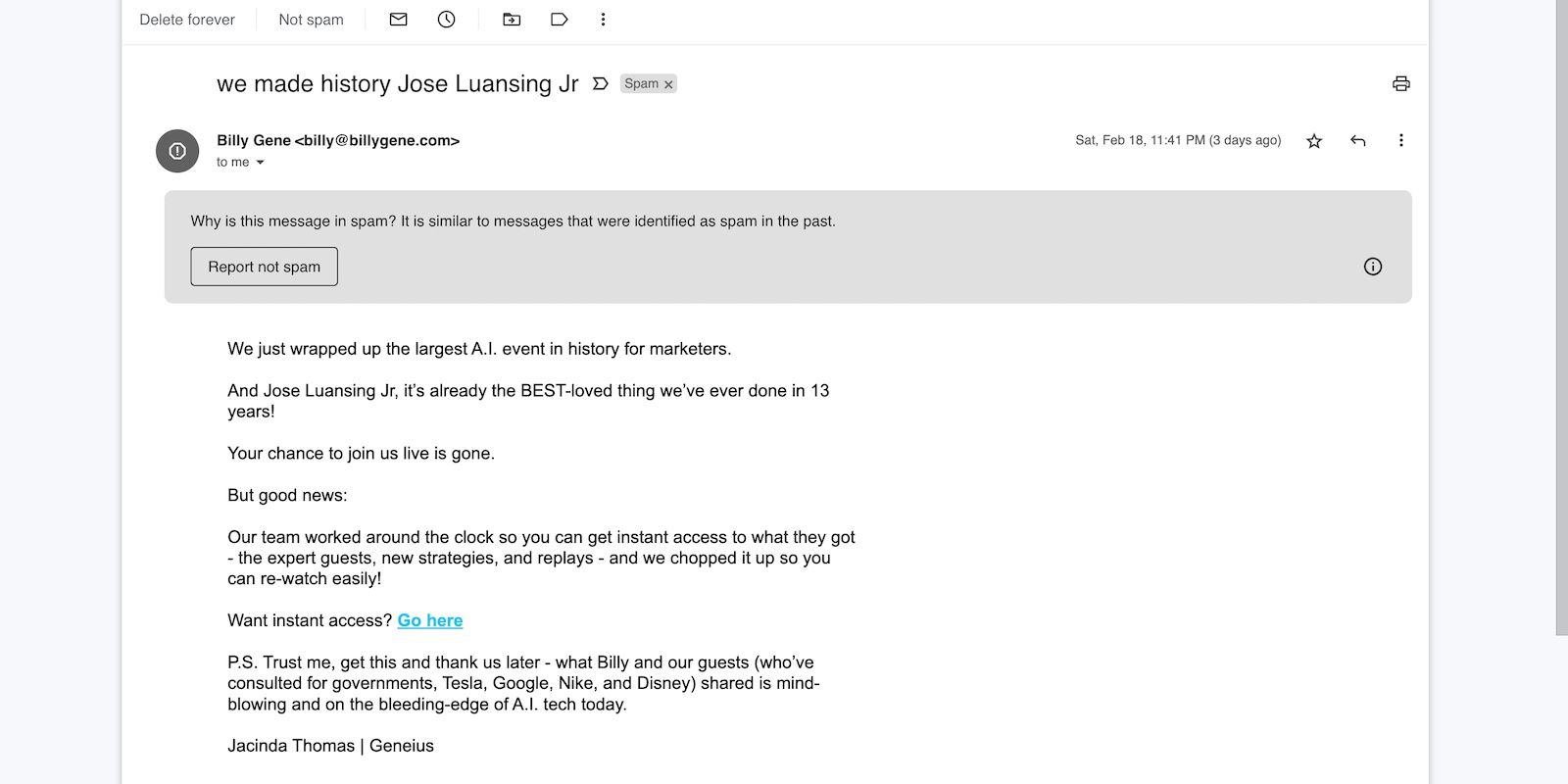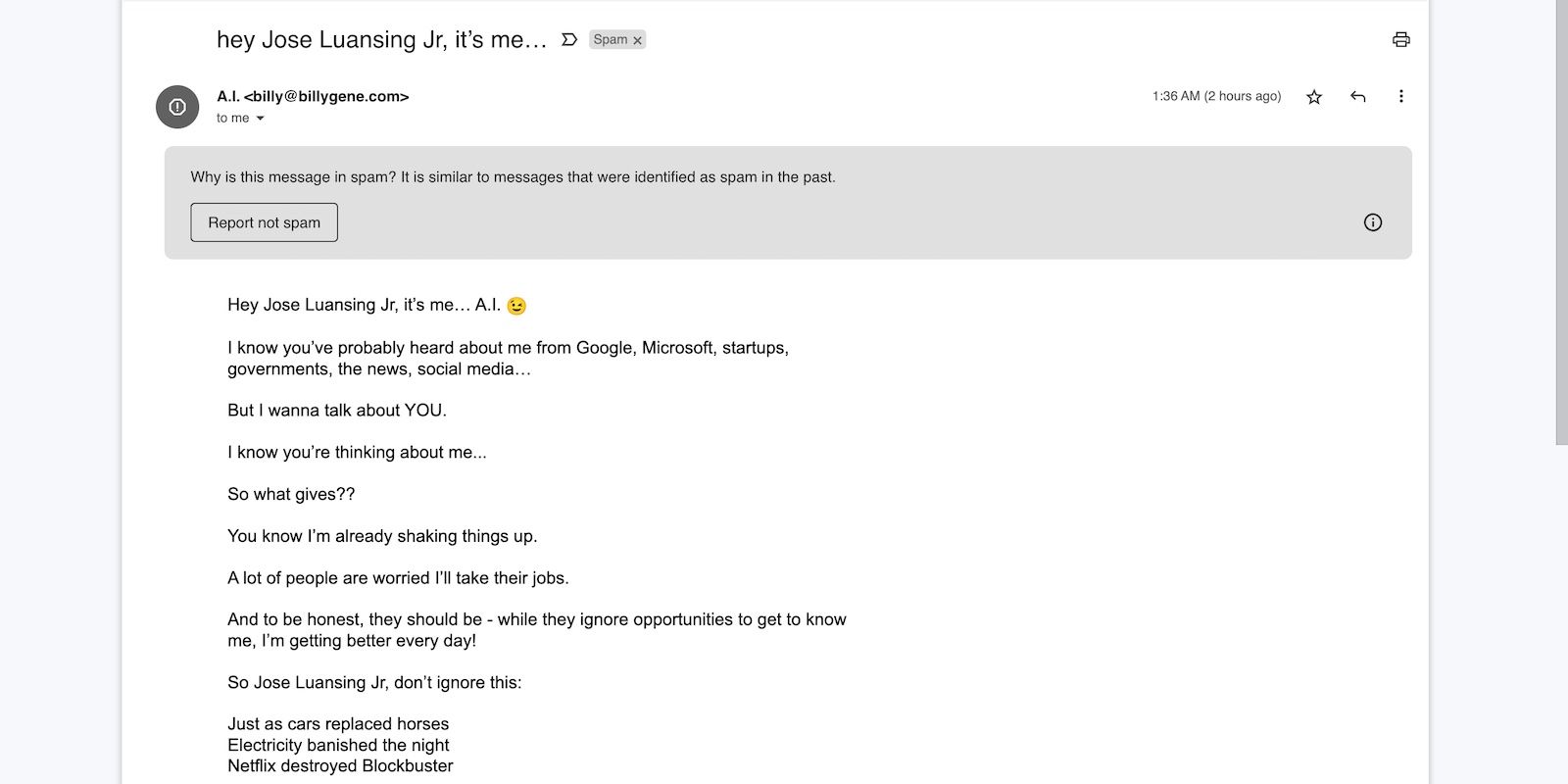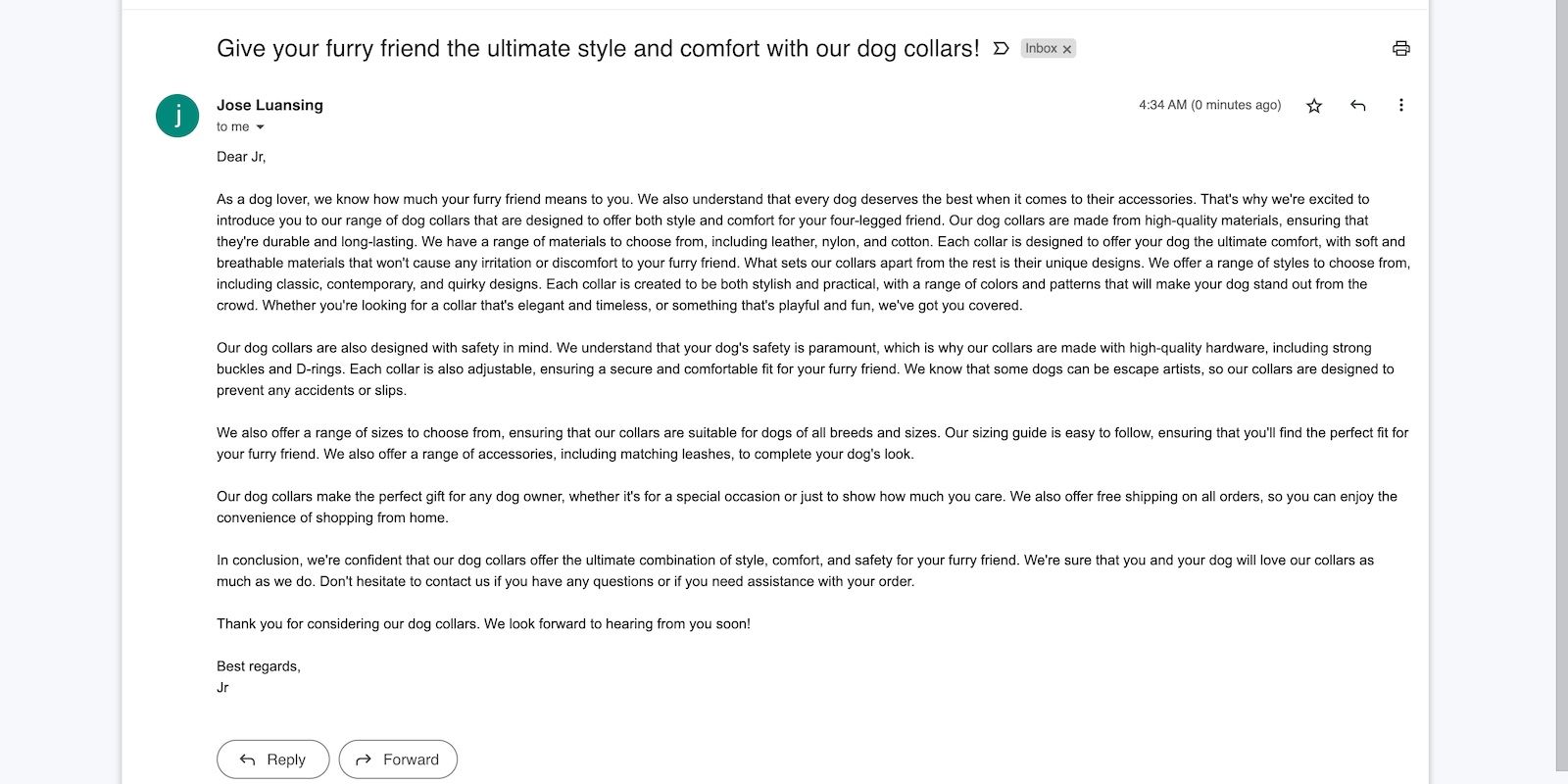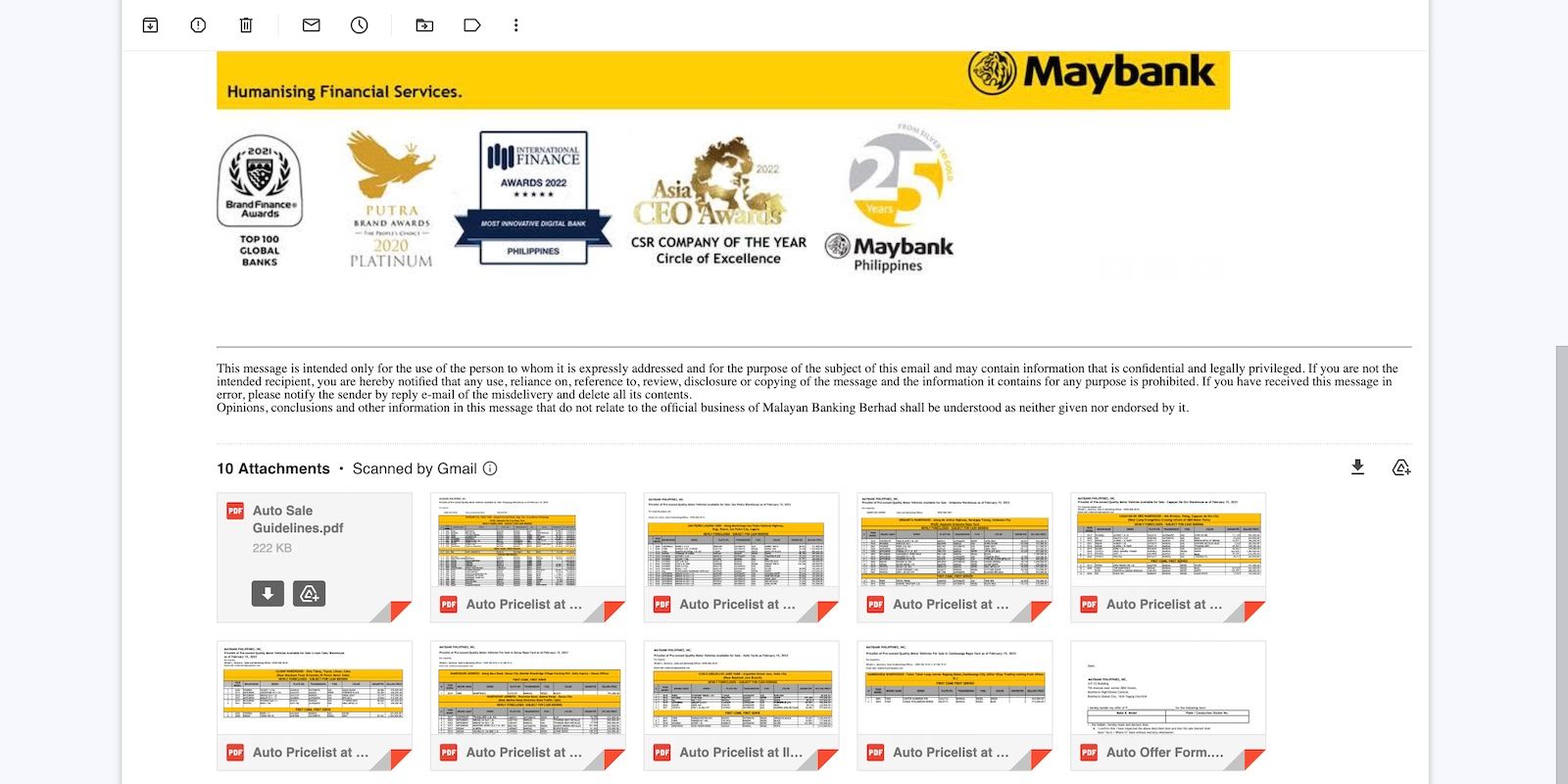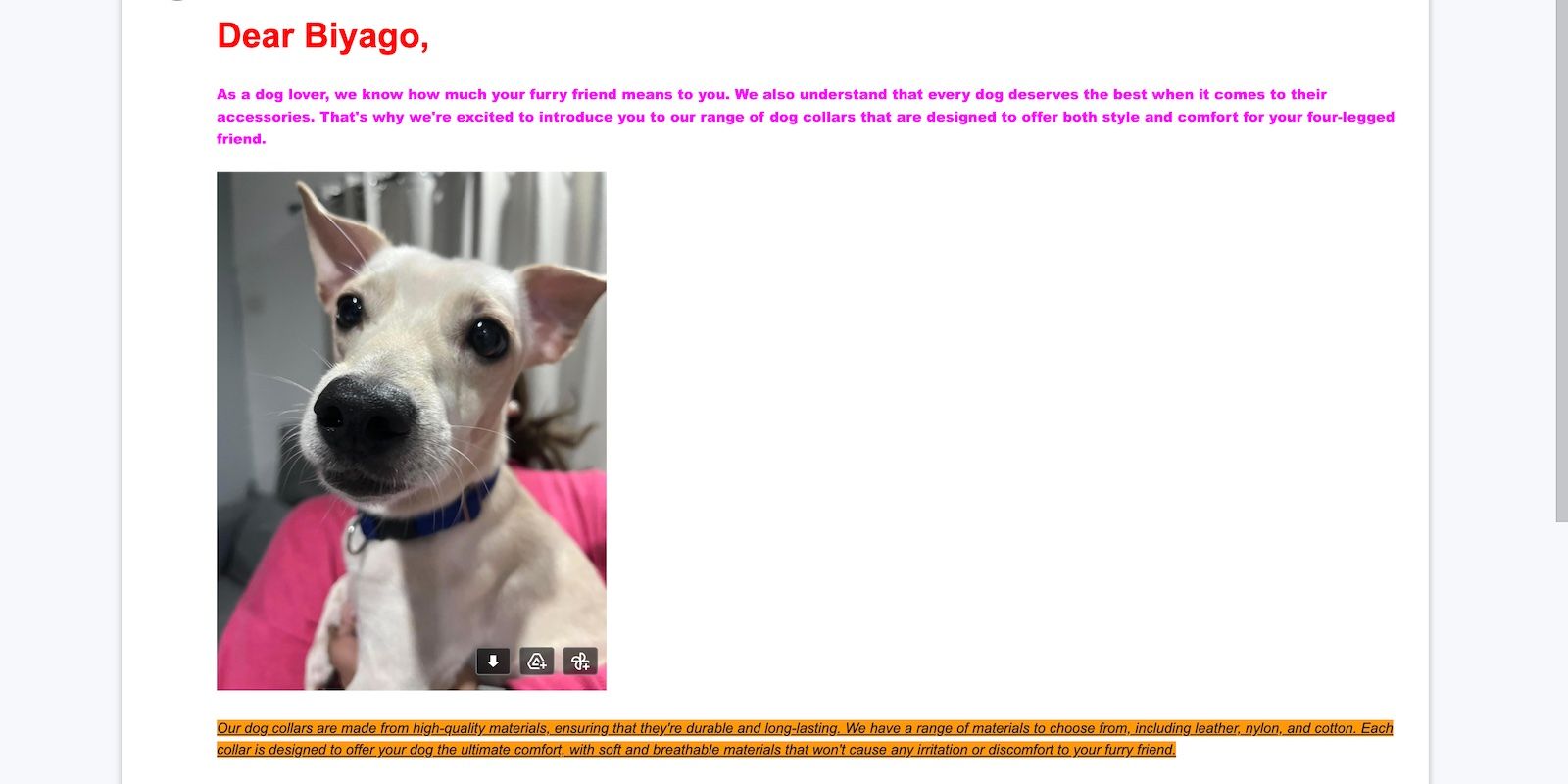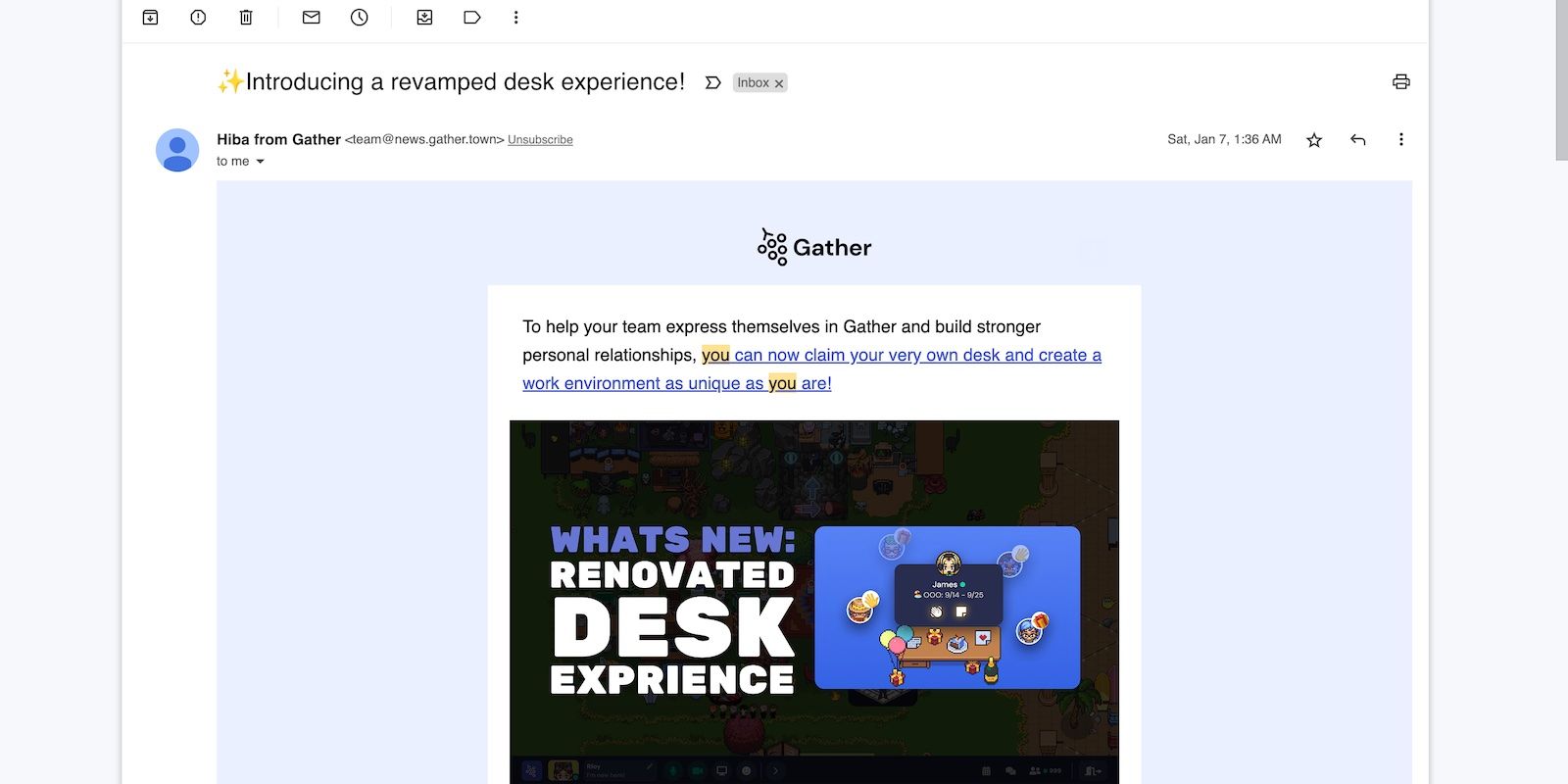Never send poorly constructed emails. Not only do terrible structures muddle the message, but they give recipients a negative impression of your work ethic and professionalism. Good communication skills are crucial in any industry.
To avoid mistakes, proofread your drafts. Correct these commonly overlooked bad practices and errors that make emails unprofessional.
1. Spammy Subject Lines
Marketers think that sales-y subject lines boost email open rates; unfortunately, they yield the opposite results. Recipients tend to ignore overly promotional emails. Unless they already know you, they have no obligation to check your message.
Instead of being sales-y, be engaging. Compose attention-grabbing subject lines comprising descriptive, thought-provoking words. Pique your readers' curiosity. You can use open-ended questions and pitches—just ensure they’re relevant to your message. Otherwise, recipients might block you for abusing clickbait subjects.
2. Jokes and Witty Remarks
Think twice before inserting jokes into your work emails. While sharing a laugh might help you build rapport in some cases, it often does more harm than good. Jokes are hard to deliver via email. Even lighthearted puns might be taken as sarcastic or offensive if the reader misunderstands you.
As a general rule, skip the jokes. Instead, explore other ways to lighten the mood, e.g., sharing a personal story or discussing a mutual interest. Being approachable and friendly doesn’t require gags.
3. Emojis and Excessive Punctuation Marks
More mailbox providers accommodate emojis nowadays. Platforms like Outlook and Gmail even let you insert emojis into the subject lines.
Although fun and creative, they don’t belong in work emails. People perceive emojis differently. For instance, while you might use the laughing face emoticon to express joy, others might see it as sarcasm. Smileys don’t always convey your intended message.
Also, shady marketers are fond of emoticons. If you frequently use them, recipients might associate you with phishing attacks, sales newsletters, and overly promotional ads.
4. Typos and Grammatical Errors
Typos don’t change intent. Even if you misspell every word in your email, readers will still understand it through context clues. Advanced grammatical errors might cause confusion, but the text won’t be incomprehensible.
Does this mean you can overlook typos? Definitely not! Although spelling and grammar mistakes don’t muddle your message, they look careless. Whether you’re pitching to a prospect or updating a colleague, you’ll have trouble earning their trust with unprofessional writing.
The best approach is to scrutinize drafts before sending them. Run your text through a reliable spelling checker, eliminate unnecessary fluff, adjust the tone accordingly, and swap complex words for simpler ones. Repeat these steps as many times as needed.
5. Lengthy Paragraphs
Be careful when copy-pasting email drafts from Google Docs or Microsoft Word. Word processors have different default settings. You can’t expect your emails to look like they did when you were typing them. They’ll adjust to the current program’s font style, text size, and spacing.
As a best practice, copy-paste without formatting by hitting Ctrl/Cmd + Shift + V instead of just Ctrl/Cmd + V. Doing so erases previous format changes. And to avoid lengthy text blocks, keep each paragraph at two to three sentences.
6. Excessive Information
Extensive explanations are beneficial, but you have to time them correctly. Don’t just lay down random facts. Readers will likely click away from your email if you overload them with information right from the get-go.
Only share what readers need. When explaining complex topics, attach relevant research documents, schedule virtual consultations, and accommodate all queries that come your way.
7. Generic Closing Statements
Generic closing statements are distant. They make you look unprofessional, plus they weaken your email’s conclusion. You’ll have fewer chances of closing successfully. When ending emails, use a more direct, concise alternative to “I look forward to hearing from you".
They’re overused already. Readers have seen them hundreds of times before—they won’t leave a positive impact. Instead of using generic lines, use a strong CTA. Tell your readers their options and guide them into acting on your email.
8. Unnecessary Attachments
Email attachments make it easy to share information. Instead of overloading readers with lengthy, unsolicited messages, direct them to relevant resources. Doing so saves time for all parties involved.
With that said, you should also refrain from sending files in bulk. Users are generally skeptical about opening attachments because they could spread malware. Emailing multiple files even raises security concerns.
If you must send several documents simultaneously, use a file-sharing tool like Dropbox. Upload the files onto your preferred platform, set the necessary privacy restrictions, and then send the access link via email.
9. “Creative” Formats
Avoid playing with daring fonts. You can underline, italicize, or bold text for emphasis, but use the default font style, color, and size.
“Creative” typefaces yield negligible benefits in a professional setting. They distract readers from your email. Instead of understanding the message's intent, their minds will focus on the different colors and styles that you used.
Also, weird formats make you look sketchy. Mailing service providers even send emails containing outrageous designs and colors straight to spam folders.
Only use creative templates if they align with your brand. For instance, the below example shows how a virtual meetup platform called Gather shares its features without compromising professionalism.
10. Unclear Motives
Small talk might help lighten awkward meetings, but it rarely suits work emails. Stop beating around the bush. Most people will click away if they find your message tedious and confusing.
To get your point across, use clear, concise language. The introduction should be brief and attention-grabbing, while the body must address the topic at hand. Vague explanations will ultimately lead to time-wasting follow-up emails.
If you can’t compress the topic into one message, host a meeting instead. Appointment setting applications eliminate back-and-forth emails when planning calls. Just email the other party an invitation link and wait for their response.
Keep Your Work Emails Professional and Respectable
With the number of emails you send and receive regularly, expect some errors to fall through the cracks. The occasional typos are understandable. However, note that consistently using subpar templates will reflect poorly on you. Recipients might even feel they’re not worth well-thought-out emails. Never skip the proofreading stage.
To compose even better emails, study the bad ones you receive. Find commonalities between the different sales pitches, newsletters, and phishing attempts in your spam folder. Making grammar mistakes is one thing, but using blacklisted IP addresses, abusing sales-y language, and randomly sending links en masse is another.


